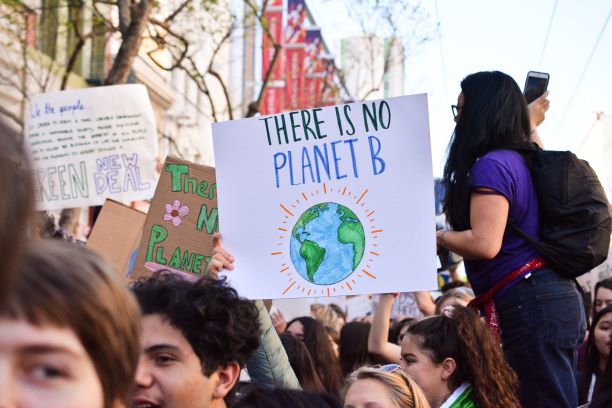
Alan Cohen wrote, “When we make the choice to care, we set into motion a snowball effect that touches many people, most of whom we will never know about . . . never underestimate the importance of a kind act.”
There is no better time to be kind and make choices locally that have a global effect. By understanding how to reduce your carbon footprint and taking steps to do so, you are helping preserve and protect the Earth for future generations.
“‘Think globally, act locally’ urges people to consider the health of the entire planet and to take action in their own communities and cities. Long before governments began enforcing environmental laws, individuals were coming together to protect habitats and the organisms that live within them.”
As scientists warn of the impact of climate change and politicians battle over climate change, the rest of us can feel overwhelmed and helpless. Instead of sitting back and waiting for our government to tell us what to do, we should do all we can in our own families to reduce our family carbon footprint.
Calculate Your Carbon Footprint
According to The New York Times article, The U.S. Is the Biggest Carbon Polluter in History, the average carbon footprint per person in America is 16.2 metric tons CO2. Ouch! This is why it is more important than ever before for Americans to try to reduce their personal carbon footprint. To begin, you should use a carbon calculator to calculate your personal carbon footprint and your family carbon footprint.
Minimize Your Driving and Start Carpooling
You can take action today to reduce your carbon footprint by driving less. Choose to walk, bike, or carpool whenever possible. For example, GoKid families have already reduced 5+ million pounds of CO2 by carpooling!
Choose Energy Efficient Options
When shopping, look for energy-efficient products and appliances, such as refrigerators, washers, dryers, LED lights, and smart thermostats. These products are better for the environment, and they save families money.
Shop Used
Rather than buying tons of new items that your kids will outgrow, try to shop used. When your family outgrows something, donate it – do not trash it! Additionally, try to avoid shopping for new items that are heavily packaged.
Turn Off the Lights
Teach kids to turn off the lights whenever they are not in use. This is a simple yet effective way to reduce your family’s energy use.
Reduce Water Use
Practice conserving water regularly. In addition to taking shorter showers and turning off the water when you are brushing your teeth, you can also invest in water efficient appliances.
Eat Local
Instead of eating food that has been packaging and shipped from far distances, make a point to support your local farms. And eat less meat.
Recycle & Compost
Teach your children the importance of only putting true waste in the garbage. Everything else should be recycled or composted.
Join a Resilient Neighborhoods Team
Want to make your voice heard locally and get involved in your community? Join a Resilient Neighborhoods Team to find ways to reduce your community’s carbon footprint.
Stop Junk Mail
Follow Global Stewards’ steps to stop receiving junk mail at your home and encourage your neighbors to join in.
Plant a Tree
Planting a tree is a fantastic way to reduce your carbon footprint and battle climate change. Plus, it is a wonderful way to beautify your local community.
Use Your Voice
Change begins by using your voice. Use your voice to vote in your local elections and national elections. Research each candidate’s views on climate change and head to the polls wisely.
Participate in FridaysForFuture
Encourage your young learners to follow Greta Thunberg and strike (or protest) on Fridays. Here #fridaysforfuture movement has gained worldwide attention and is educating both kids and adults about the power of influence for making positive change.
Plus, Check Out These Apps and Websites
Some families are just now being introduced to climate change and looking for ways to reduce their carbon footprint. If this sounds familiar, the following apps and websites are great ways to educate children and adults about how to protect the environment.
This app produced by NASA provides visual images from recent global climate data from Earth Science satellites.
This is an interactive app that features endangered species.
This app is designed to make users aware of their carbon footprint by tracking their habits.
This app helps users find local recycling as well as information on how to recycle over 350 materials.
This app tracks your household water usage and alerts you to possible leaks.
This app has a barcode scanner that allows users to scan items they are considering purchasing to see if it is a bad product or if there are sustainable alternatives.
This is an entire website dedicated to educating kids about protecting the climate. It includes games, activities, videos, and more.
A website and app that provides users with ratings based on whether fashion brands are ethical and sustainable.
This sustainability app encourages users to make sustainable choices and even tracks their environmental impact.







0